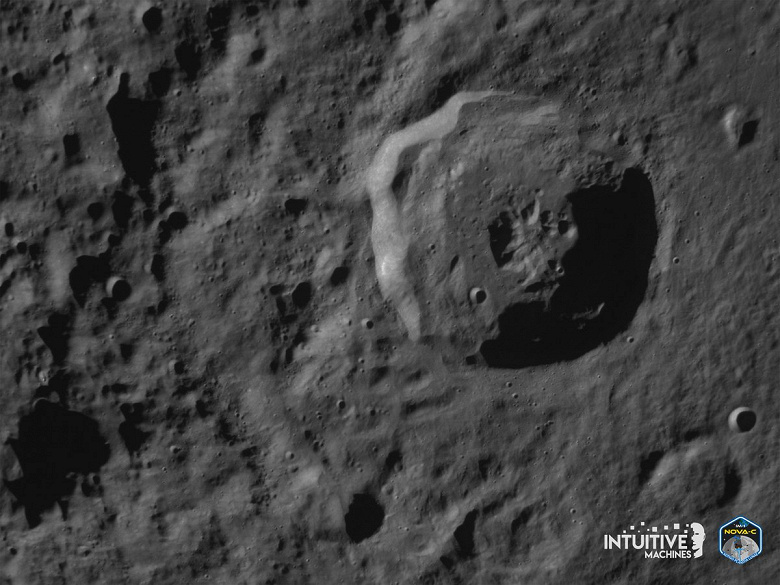A new page in the history of lunar exploration
Intuitive Machines' robotic lander successfully reached the Moon, becoming the first private spacecraft to land on its surface. It is also the first American spacecraft to reach the lunar surface in fifty years since the Apollo 17 mission ended in December 1972.
The landing module called «Odyssey» landed in the moon's south polar region at 6:23 p.m. Eastern Time as part of the IM-1 mission. After approximately 15 minutes, controllers confirmed receipt of a signal from the lander.
Intuitive Machines delayed its descent by two hours to allow for an additional orbit around the Moon. The company found that the laser rangefinders used for precision landings were not working properly. Ultimately, controllers downloaded a software fix that allowed the lander to use NASA's Doppler lidar as an alternative. This lidar was originally intended for technology demonstration.
The landing on the Moon by the private spacecraft Intuitive Machines was the first event of its kind in the history of private lunar exploration.
For the IM-1 mission, Intuitive Machines placed six NASA payloads on the lander. These loads are aimed at demonstrating various technologies. These include a navigation Doppler lidar, a navigation beacon, a radio frequency fuel level sensor and a camera to study regolith plumes kicked up by the lander's engine. Other payloads include a laser retroreflector and a radio astronomy instrument.

In addition, on board the landing «Odyssey» six payloads from various organizations and companies. Columbia Sportswear provided material to test the fuel tank insulation. Galactic Legacy Labs and Lonestar Data Holdings placed data archives on the lander. The module also carries two small astronomical cameras from the International Association of Lunar Observatories. And the artist Jeff Koons provided a piece of art called «Phases of the Moon».
Another module tool not developed by NASA — EagleCam, a camera created by Embry-Riddle Aeronautical University students. EagleCam is designed to be ejected from the module during descent and capture images of the event.
Before the IM-1 mission, there were three more attempts by private vehicles to reach the Moon, but all of them ended in failure. In April 2019, the Beresheet lander, developed by Israel Aerospace Industries, crashed on landing due to a malfunction of the inertial measurement unit, resulting in malfunctions and main engine shutdown.
Another unfortunate event occurred in April 2023, when the Japanese company ispace failed with its HAKUTO-R M1 lander. The on-board computer incorrectly processed altitude information when the craft flew over the crater rim. Due to an error, the device «thought» was on the surface of the Moon, although it was actually at an altitude of five kilometers.
The third failed attempt occurred with the Peregrine lander launched by Astrobotic on January 8, 2023. A few hours after the module's launch, a fuel leak occurred, forcing Astrobotic to cancel its attempt to reach the Moon. A week and a half later, Peregrine burned up in Earth's atmosphere.

